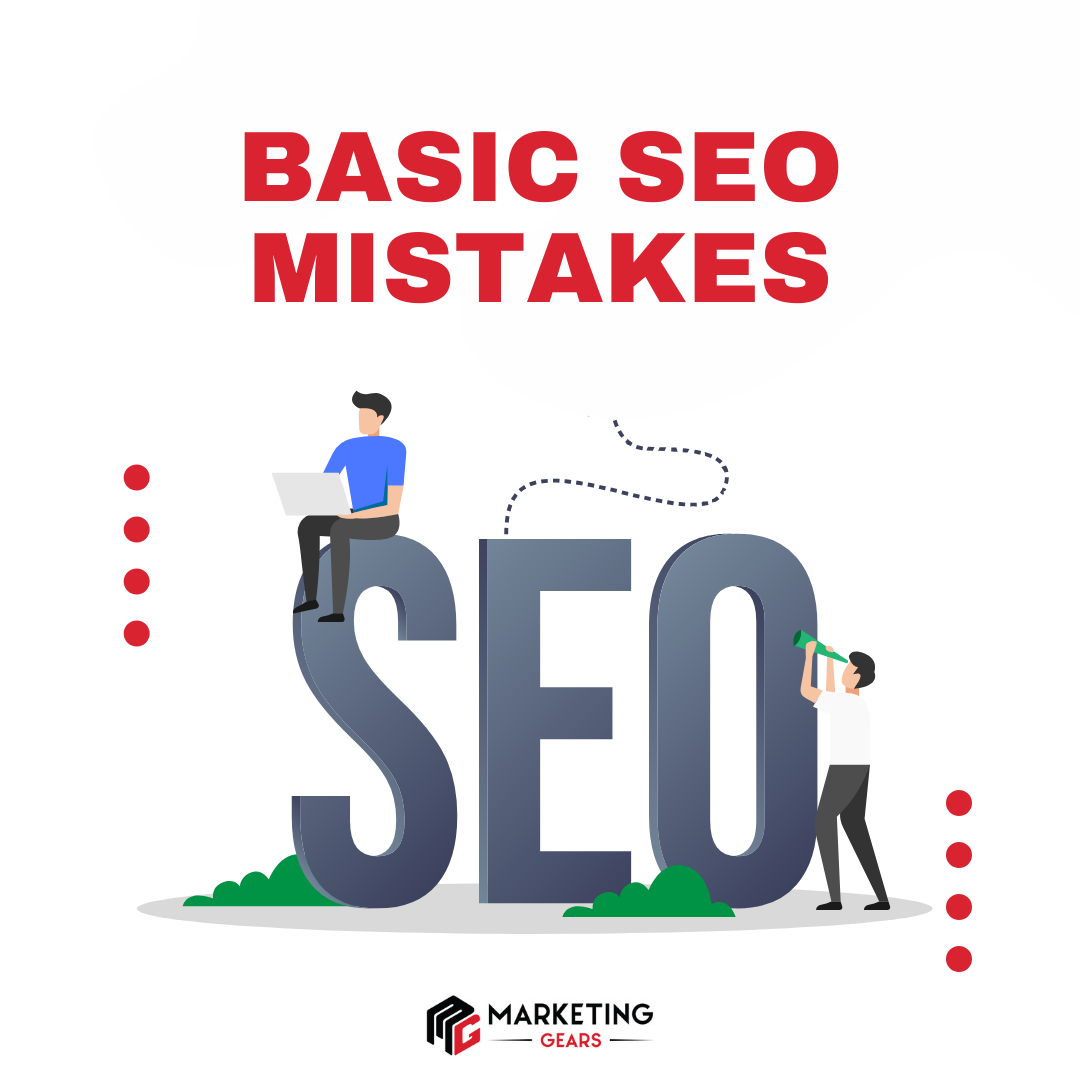It’s all about efficient communication when it comes to expanding a business and attracting traffic. While conventional SEO can help, local SEO can be even more beneficial, especially for small firms. Making sure that potential clients can locate your services should be a top priority for every organization. Read on for a complete guide on SEO strategies.
1. Create a Google My Business Account To Better Optimize Your Google Listing
This is the most effective method for improving your Google Maps rating and exposure in Google Search local results. To gain access to your Business Profile and make these changes, you’ll need a Google My Business account.
Once you’ve completed the procedures on your Google My Business account dashboard, all of the necessary data will be posted to your Business Profile, which will appear in Google Search local results, the Google Search Knowledge Panel, and Google Maps.
Create A Social Media Profile
On social media, you’ll find a wide range of chances. There are numerous venues on which you can build your online presence. The first step is to select platforms and coordinate a multichannel strategy to ensure that your message is consistent across all channels.
3. Use A Site Audit To Keep Track Of Your Website’s Health
Broken pages, missing title tags, and muddled internal connections can all have a big negative impact on your rankings. Run the Site Audit Tool to get a list of the most common problems and issues that need to be addressed.
Remember to modify the settings and crawl the mobile version of your site to check your mobile stats.
4. Get Positive Reviews From Satisfied Customers Regularly
Getting your clients to leave positive reviews for your business not only improves your Google My Business ranking but also encourages additional local customers to shop with you.
Here are some suggestions for getting customers to write reviews:
•After a sale is completed, request a review in person.
• Send a post-purchase email or text message to customers asking them to leave a review.
• Respond professionally to existing reviews, thanking reviewers, and resolving problems in negative reviews.
4. Engage With Your Customers On The Internet
It’s not easy to manage your brand messaging across many media, especially for small firms. After you’ve created a profile on the social media platforms of your choosing, you’ll want to keep it updated regularly.
Ask your followers for questions and feedback, and hold competitions and giveaways as part of your posting schedule to encourage them to participate with your page.
Keep in mind that the platform may change. Your brand’s values are inextricably linked.
All other platforms your business utilizes like your website must be consistent with your social media communication. So plan and schedule your posts in advance.
6. Make Voice Search A Priority
It’s critical to optimize for how people ask queries while speaking into devices, rather than how they type out their searches, in local SEO.
When it comes to voice searches, your clients utilize more long-tail keywords than they do with ordinary searches. As a result, you’ll need to adjust your content’s SEO to match the more conversational tone of someone speaking.
When optimizing for voice, it’s also important to consider user intent, because these searches are typically conducted when the user needs specific information.
7. Concentrate On Localized Keywords
Use keywords that are relevant to local buyers. To get an indication of the most common search phrases in a certain area, you can use Google’s Keyword Planner to filter keyword searches by geography.
This enables you to construct a list of relevant keywords for your location. Once you have them, include them in your meta text, copy, and URLs. Include regional landmarks and hotspots in your articles as well.






